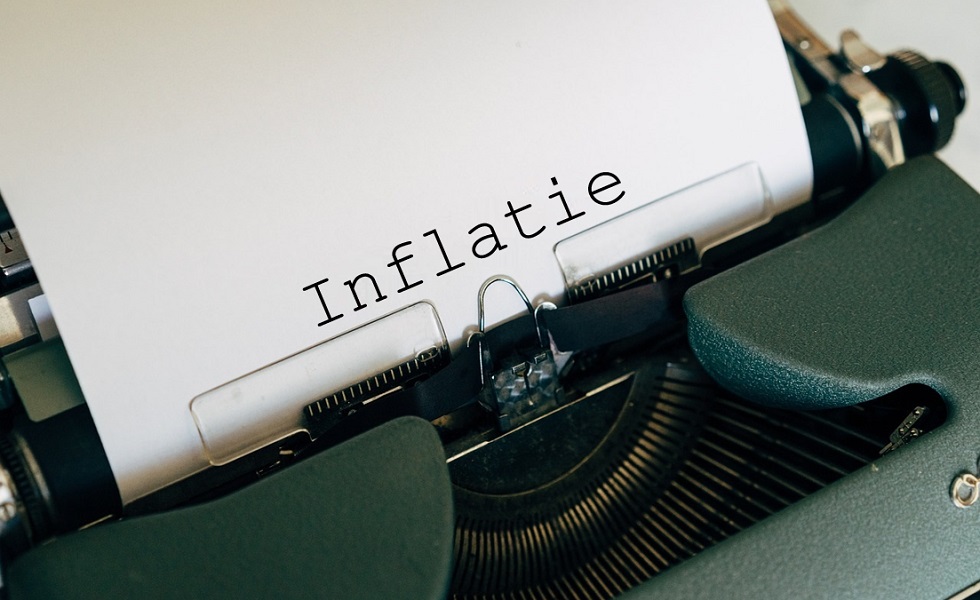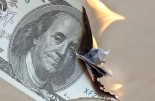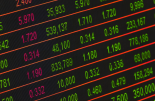NN IP: Markets grapple with inflation
NN IP: Markets grapple with inflation

The key topics for investors this year are inflation, inflation and inflation. Once markets settle on a more stable view on inflation, related topics like the outlook for monetary policy and growth will fall into place. Until then, investors and analysts will likely continue to present us with a set of inconsistent messages.
The most important outcome of the recent inflation spike is that the major central banks in the developed world are in an early phase of the hiking cycle. This is traditionally a difficult period for markets, where investors wonder whether the rate hikes will lead to a recession. This cycle is no exception. We describe here why the current inflation readings are high, why they create uncertainty, which conflicting signals markets are currently sending out and how we position ourselves in this environment. The bottom line is that while there is a case for rising yields and widening spreads, we shy away from underweighting equities.
This inflation spike is strong, and it’s different
Core inflation based on consumer prices currently stands at 6.2% in the US and at 3.5% in the euro area, far above central bankers’ comfort zone. The breakout has understandably triggered hawkish pivots by the central banks in both regions over the past quarter. Since March, the Fed has hiked rates from 0.25% to 1.00% and markets currently price in a peak rate of around 3.5% for June 2023. In comparison, rates during previous Fed hiking cycles since 1982 (i.e., after the truly exceptional “Volcker shock” of 1980) ranged between 1.75% and 3.25%. Against this backdrop, markets expect a strong hiking cycle in the US over the next year.
What also makes this inflation spike special is its nature. Various structural factors create uncertainty about inflation. Arguably this inflation shock is the first in decades to stem from the supply side; hence, monetary policy is expected to be less effective. Second, the Ukraine situation is evolving in a way that makes further inflation shocks more likely than a quick moderation, not to mention the human tragedy of the conflict. Third, the pandemic is still raging in China, which exacerbates the supply chain problems. Finally, the Fed and ECB adjusted their monetary policy framework over the past two years to allow for somewhat higher inflation; this adds uncertainty as to how this adjustment will affect this hiking cycle.
The ECB started the hiking cycle later. Markets currently expect the first hike to take place in July and the policy rate to rise from -0.50% to +0.25% by the end of this year. The key questions going forward are when inflation will peak, and how quickly it will normalize, if at all. Our base case at this point is that inflation will peak in the second quarter. However, this implies the absence of any new major inflation shock, and we are aware that the risks in the Ukraine conflict are skewed to a further escalation. After the peak, we assume inflation will normalize gradually, given the nature of supply bottlenecks, the reduced effectiveness of monetary policy, and the absence of a recession.
Growth outlook weakens
In the light of excessive inflation and the prospect of a significant hiking cycle, the growth outlook has deteriorated. In the April edition of its World Economic Outlook, the IMF downgraded its growth projection for the global economy in 2022 to 3.6% from its January estimate of 4.4%. Economists elsewhere moved in a similar way. Jerome Powell is assuring markets that the Fed will manage to engineer a soft landing; Bank of England governor Andrew Bailey, meanwhile, is more outspoken about the recession risk.
Our reading of the volatile economic data is that the growth outlook in the developed world is weakening but does not yet portend a recession in any major region. For example, Purchasing Managers Index (PMI) figures remain in expansionary territory. In addition, US data such as the job opening rate indicate that the labour market is currently tight.
The dynamics in China are different
China is in a different stage when it comes to the pandemic, growth, inflation and monetary policy. While the Covid pandemic has been tamed in the US and Europe, at least for now, China is maintaining zero-tolerance lockdowns that are further weakening the domestic economy. This comes on top of the country’s real estate crisis, which is still a drag on economic activity. These risk factors also impact the export sector, which performed strongly in previous quarters.
We expect some further easing of monetary conditions to support the economy, but it might be limited to preventing an excessive weakening of the renminbi. Beyond China, many emerging economies are suffering from high food and energy prices. In general, they have tightened monetary policy significantly to tame inflation and prevent capital outflows.
Corporate sector remains strong
Amid all this gloom, the corporate sector is presenting solid results in the current earnings season. Sales and earnings are surprising on the upside, which demonstrates companies’ pricing power in the current environment. In addition, analysts are revising their earnings forecasts over the next 12 months upwards for all major regions and across sectors. According to those estimates, earnings will grow in line with the long-term average. However, investors did not reward this positive news. Markets are in a correction mode so far this year. It is no surprise that the energy sector is performing very well and that investors are punishing the expensive tech and cyclical names, especially the consumer discretionary sector.
Stagflationary pressures pose a problem for investors
The combination of strong inflation shocks and growth worries poses challenges for investors. At the time of writing, global equity markets have corrected by some 15% this year, while global bond markets dropped by about 12% over the same period. Multi-asset investors have had little place to hide from the market rout. This lack of diversification is what makes stagflation scenarios so risky for investors. A high level of intraday volatility is evidence of the general nervousness in the markets. In the two trading sessions after the last Fed hike, for example, markets initially reacted with a risk-on response, which was followed by a sharp selloff.
What makes this hiking cycle special are inflation’s breath-taking levels and its supply-side nature, which have created a new regime for inflation expectations. Long-term inflation expectations for the US, as measured by the 5 year, 5 year inflation swap rate, shifted to low levels back in 2014, which at the time contributed to the stagnation narrative. These expectations bottomed during the outbreak of the pandemic in March 2020 and have been rising for more than a year back to pre-2014 levels. At current levels, this looks like a return to normal levels rather than a de-anchoring of expectations.
Selected positioning given volatile environment
This is our economic base case: Global growth is weakening, but we expect no recession at this point. Inflation will accelerate further but should peak soon and moderate gradually thereafter. Central banks will hike rates in the coming quarters. Corporate earnings will grow reasonably well in nominal terms. Notwithstanding those trends, economic data will be volatile. Given the overall uncertainty, we select only a few calls where we have the highest conviction. In general, we expect rates to rise and spreads to widen in this environment. We maintain a moderate underweight in US rates and US linkers.
The upside potential for yields is larger in the US than in Europe, in part due to the country’s stronger economy and more pronounced inflation pressure. We maintain a moderate underweight in European high yield, which partly reflects the economic risks in the region, and we keep an overweight in Chinese bonds in view of the weakening economy and further monetary easing. We maintain a neutral view on global equities. We see the negative sentiment on stocks, but the current fundamental picture is stronger than the corrections suggest. The growth worries are justified, but not the base case in our view.
We maintain a moderate relative underweight in the euro area, in part because the region is more affected by the Ukraine conflict. The sectoral positioning is titled towards defensive names, rising yields and exposure to the commodities sector. We prefer consumer staples, financials, health care, and energy over the consumer discretionary and communications sectors. We cut our overweight in commodities in March because the commodities rally had run its course, in our view. Thereafter, we took selected positions in specific commodities. We recently switched from aluminium to oil. We see further upside for the oil price arising from the latest developments in Ukraine, while the lockdowns in China weakened the case for aluminium.
A look beyond the current environment
At the moment, the stagflation scenario is dominating markets. Equity markets are fragile, and yields are rising. Investors need to navigate through a volatile environment with tail risks of a recession and sticky inflation. However, the positive implication is that these corrections take the heat out of highly valued stocks, especially in the tech sector, and that investors will be rewarded for taking risks for buying government bonds once yields reach a plateau.










